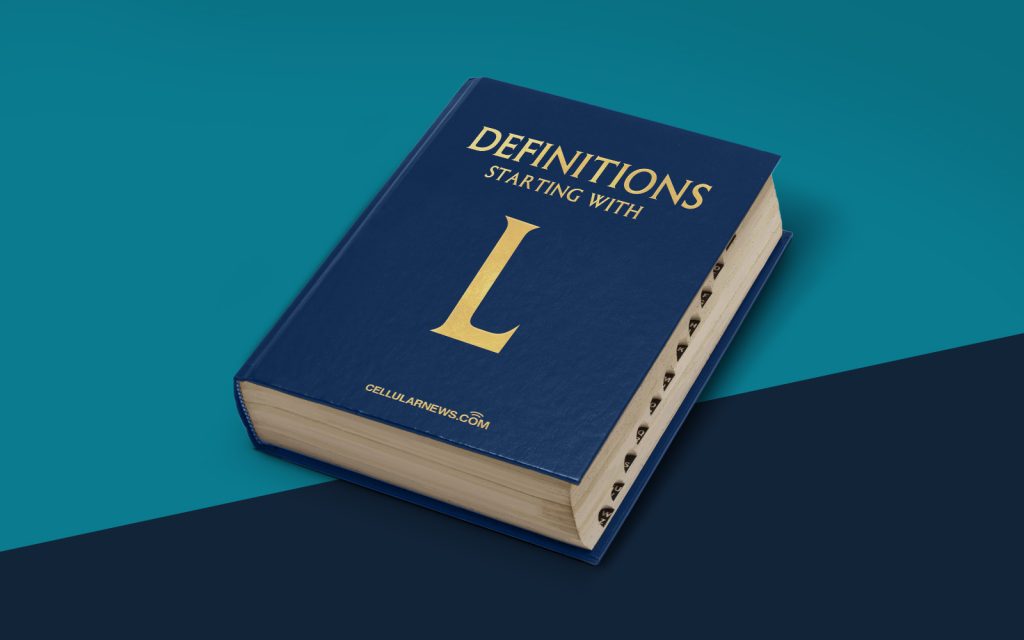
Exploring the World of Linear Programming (LP)
Have you ever heard the term “Linear Programming” and wondered what it actually means? Well, you’ve come to the right place! In this blog post, we will dive deep into the world of Linear Programming (LP) and unravel its mysteries. So, let’s get started and discover what this powerful optimization technique is all about.
Key Takeaways:
- Linear Programming (LP) is an optimization technique used to maximize or minimize a linear objective function under a set of linear constraints.
- LP is widely applied in various industries such as manufacturing, finance, transportation, and resource allocation.
Linear Programming is a mathematical method used to determine the best possible outcome in a given situation under certain constraints. It involves maximizing or minimizing a linear objective function, such as profit or cost, while adhering to a series of linear constraints. These constraints can represent limitations on resources, physical boundaries, or operational requirements.
LP has been widely applied in various industries. For instance, in manufacturing, it can be used to find the optimal production plan that maximizes profit while considering limitations in labor, materials, and time. In finance, LP can assist in portfolio optimization, where the objective is to maximize returns while managing risks within certain restrictions. In transportation, LP helps determine the most efficient route for goods delivery, taking into account factors such as distance, time, and capacity.
To better illustrate the concept, let’s consider a simplified example. Imagine you own a bakery and want to determine the optimal number of cakes and cookies to produce daily to maximize your profit. Here, the objective is to maximize profit, and the constraints could include factors like available ingredients, oven capacity, and production hours. By utilizing LP, you can find the ideal production quantities based on these constraints.
When applying LP, it’s essential to define the objective function and constraints in a linear form. This means that both the objective function and constraints must be represented as linear equations or inequalities. This linearity allows LP solvers to efficiently identify the optimal solution by traversing along the linear functions.
In conclusion, Linear Programming (LP) is a powerful optimization technique used to find the best possible outcome while considering linear objective functions and constraints. Its applications are vast, ranging from solving complex resource allocation problems to optimizing operational processes. By leveraging LP, businesses can make informed decisions that enhance efficiency, increase profitability, and achieve their goals.
Key Takeaways:
- Linear Programming (LP) is an optimization technique used to maximize or minimize a linear objective function under a set of linear constraints.
- LP is widely applied in various industries such as manufacturing, finance, transportation, and resource allocation.
